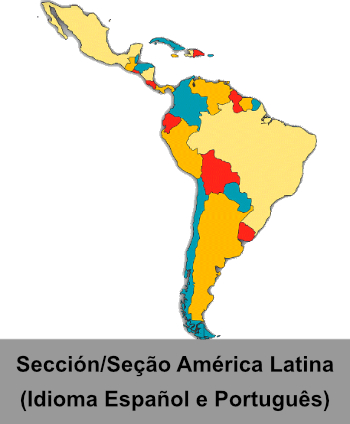Yin F., Yang C., Qin B., Su P., Feng D., Yang T. (2024) Marine Pollution Bulletin, 205, art. no. 116626, DOI: 10.1016/j.marpolbul.2024.11662
ABSTRACT: This study aims to investigate the interactions between marine oil snow (MOS) formation and soot particles derived from two distinct oils: condensate and heavy oil. Experimental findings demonstrate that the properties of oil droplets and soot particles play a key role in MOS formation. Peak MOS formation is observed within the initial days for condensate, while for heavy oil, peak formation occurs at a later stage. Furthermore, the addition of oils and soot particles influences the final concentrations of polycyclic aromatic hydrocarbons (PAHs) in MOS. Remarkably, the ranking order of PAHs with different rings in various MOS samples remains consistent: 4- > 3- > 5- > 2- > 6-ring. Specific diagnostic ratios such as Phe/Ant, Ant/(Ant + Phe), BaA/(Chr + BaA), and LMW/HMW effectively differentiate petrogenic and pyrogenic sources of PAHs in MOS. And stable ratios like Flu/(Pyr + Flu), InP/(InP + BghiP), and BaF/BkF are identified for source analysis of soot MOS.





